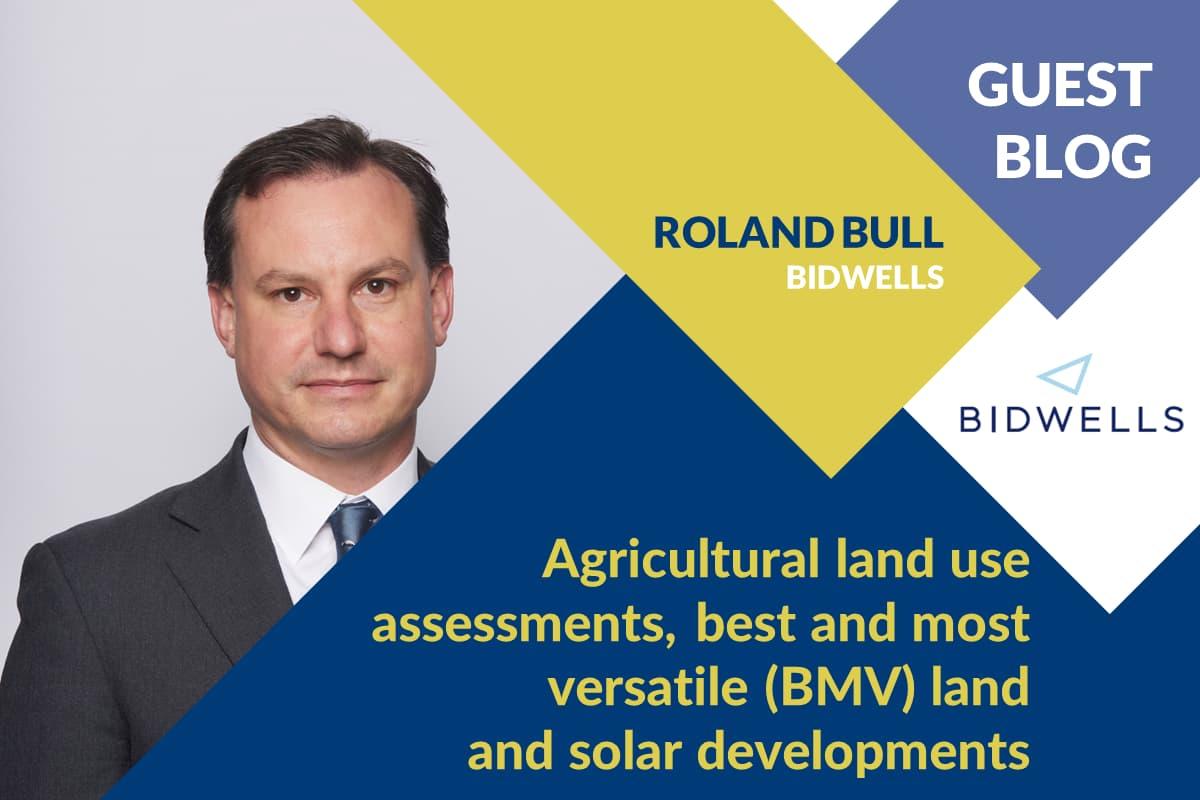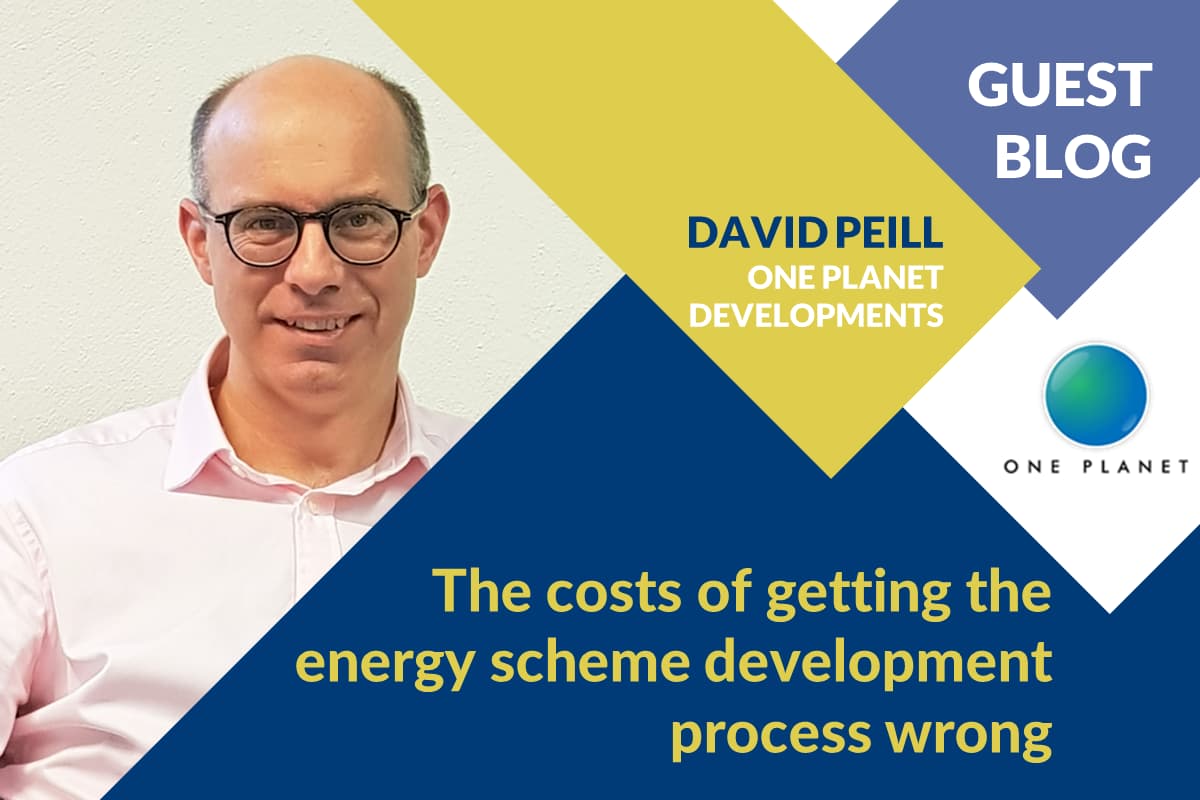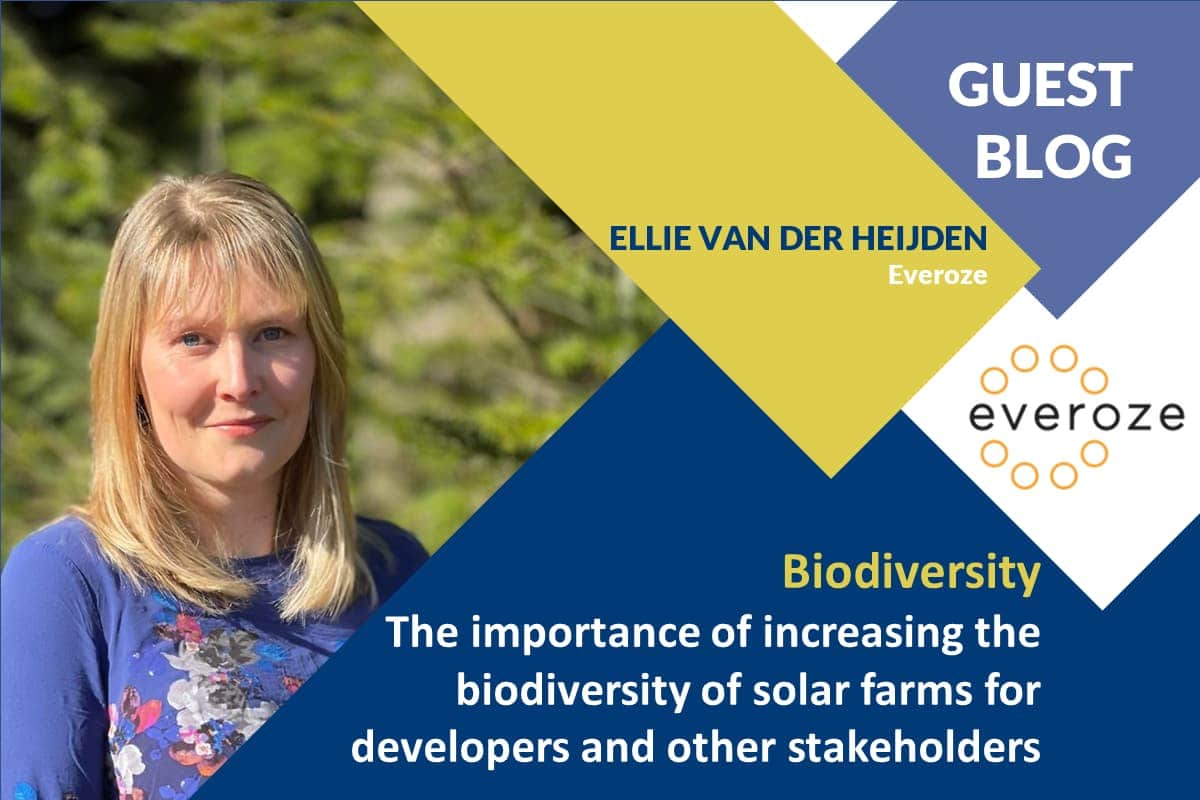Agricultural land use assessments, best and most versatile (BMV) land and solar developments
Solar developments on Best and Most Versatile (BMV) Land have come under increasing scrutiny by Local Planning Authorities (LPAs). As this development has largely come about after connection offers have been accepted for many projects originated on such land, this represents pertinent context when considering grid queues.
BMV land is land best suited to agricultural production and is a finite national resource requiring LPAs to consider the agricultural productivity impact of developments. It is important for solar developments to show at an early stage that impact on agricultural productivity has been considered, demonstrating to LPAs that the use of BMV land for solar is appropriate.
Undertaking an Agricultural Land Use Assessment (ALA) as part of the planning process can effectively demonstrate use of land for solar is appropriate in a local and national agricultural context. As Bidwells has undertaken many of these assessments for successful major developments, their Head of Rural Investment, Roland Bull, is well placed to talk to Hugh Taylor and provide insight.
Hugh: Hi Roland. Please can you tell us a bit about Bidwells?
Roland: Bidwells is a multi-disciplinary property consultancy working in all key property markets for a range of landowning and investor clients. Bidwells manages, or advises on, over 1.5 million acres of English and Scottish countryside and is the leading consultancy in the high-growth forestry, renewables and sustainable investment sectors.
Hugh: Are you involved in UK solar projects?
Roland: Yes. Bidwells act for landowners and developers to bring forward a range of renewable energy schemes. We’re advising both developers and landowners, working on lease and option negotiations, supporting planning applications and acting as expert witness at planning appeals.
Hugh: Why are LPAs concerned about solar development on BMV land?
Roland: BMV land is defined as grade 1, 2, or 3a of the Agricultural Land Classification and is considered to be the most productive, efficient and capable of delivering crops for food. It is classed a finite national resource in the National Planning Policy Framework (NPPF), so LPAs are required to consider the impact on agriculture of any development of BMV land.
This does not mean solar development cannot occur or is not appropriate on BMV land. It is generally accepted that such development is necessary, and utilising BMV land in a lot of instances can be an efficient solution. Solar developments need to evidence that impact on agricultural production has been considered and mitigated where possible and an effective way of doing this is via an ALA. National and local opposition to solar development often revolves around BMV land but, with evidence and correct justification through an ALA, solar developments can be shown to be an effective use of a key resource.
Hugh: So, what is an Agricultural Land use Assessment?
Roland: An ALA explores the issues relating to the current and potential use of agricultural land and the impact of solar development. They present an objective assessment of the relative importance of the current agricultural land use in a local and national context and the consequences for the existing agricultural business.
The main areas covered are:
- Interpretation and analysis of soil surveys in considering the impact of development.
- The importance of the existing agricultural use in the context of the current UK market and the trade surplus or deficit of agricultural commodities and the relevance of the development area to UK production. Removal of relatively small parcels of BMV land involved in high value specialist crop production can have a material impact on national production so this is an important factor to consider.
- The impact on the incumbent farming business should the proposed development be consented.
- The impact of temporary removal of agricultural land from its current production regime, which in many cases will actually benefit soils and preserve agricultural production potential over the long-term.
The purpose of an ALA is to assess if a solar development represents and efficient and appropriate use of land, and that there is limited impact on the agriculture at a local and national level. By analysing farm data and comparing to national data, impact of the removal of land from agricultural production looking at yield, performance, farm business operation and commodity markets, can be determined.
Hugh: And so, when should an Agricultural Land use Assessment be undertaken?
Roland: An ALA should be considered at the earliest opportunity and be included in the planning application documents. In order to undertake the assessment, data on current and historic farming operations and performance is required. The quality and consistency of data is key to forming a strong argument. Engaging with the individual/ business that is farming the land is important to obtain this information, especially where that individual/ business is not the landowner so possibly not benefitting financially from the solar development.
Hugh: How can it be shown that solar development is an appropriate land use?
Roland: When undertaking an ALA there are some key areas to consider:
Land grade and soil type
A soil assessment is required to determine this as land grade maps are not sufficiently accurate to determine grade and soil type of individual sites. Sites, even small scale, are unlikely to be homogenous and may encompass several land grades and soil types. Land is nearly always farmed according to the poorest quality land present so, unless an entire site is of the quality to support high value specialist cropping, it will likely to be restricted to conventional combinable crop rotation as the most viable farming system.
Agricultural characteristics
Agriculture is not a major contributor to the UK economy but food security is a national concern so assessing the type of agricultural activity on the site and its contribution to food security is an important point to understand.
Farming operations on the ground ultimately determine agricultural importance of a site. For example, certain non-BMV land can be locally important in an area of generally poor-quality land as well as naturally poor land able to take high value specialist cropping if properly irrigated. Similarly, in areas where BMV land is prevalent, some BMV land can be locally unimportant but present the only economically viable opportunity for renewable energy to be generated.
Loss of BMV land
Unlike other forms of development, solar does not represent a permanent loss of BMV land. Consents are typically temporary, and apparatus can be removed to allow land to be returned to its previous agricultural use. However, land will still typically be out of production for at least 30 years, so there is scope for material impact on agriculture. Therefore, while temporary loss is a strong point in favour of solar development, the impact of a development must be considered comprehensively.





